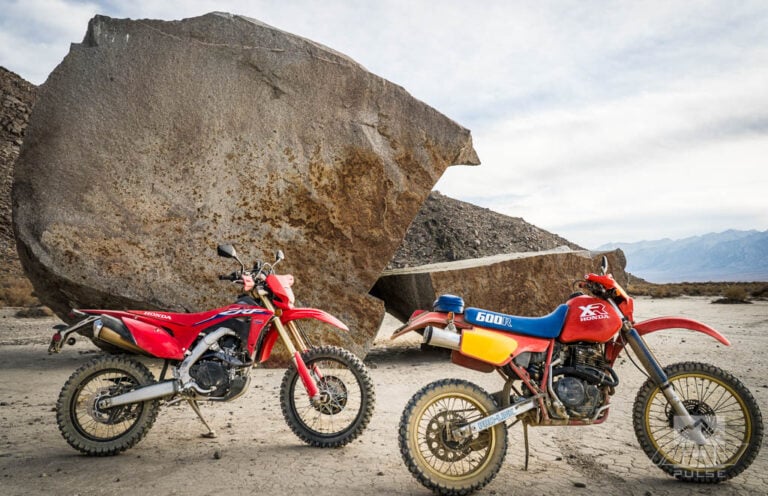The Honda XR600R, a name synonymous with rugged versatility, endurance, and off-road dominance, remains an icon in the world of dual-sport motorcycles. Introduced in 1985 and discontinued in 2000, the XR600R carved its place as a go-to machine for those who sought adventure both on and off the beaten path. But how does this legendary dirt bike hold up in a modern revival, especially on a budget?
The XR600R was designed for simplicity and reliability. Its air-cooled 591cc four-stroke single-cylinder engine produced around 46 horsepower—more than enough to tackle challenging trails or cruise comfortably on highways. With a dry weight of approximately 282 pounds and long-travel suspension, it combined lightweight agility with the capability to soak up rough terrain. In an age of high-tech dual-sports laden with electronic assists, revisiting the XR600R offers a raw, unfiltered riding experience. The challenge is in modernizing it without breaking the bank, keeping its charm intact while improving performance and usability.
Reviving the XR600R doesn’t mean throwing in expensive aftermarket parts; instead, it’s about strategic upgrades. The stock suspension is competent but may need a rebuild after decades of wear. Upgrading the forks with modern seals and heavier oil while adding a new rear shock can enhance ride quality without significant costs. Converting the bike to LED lighting improves visibility and reduces electrical strain.

A small lithium-ion battery can replace the old lead-acid unit, cutting weight while boosting reliability. The braking system, though functional in its era, benefits from modern braided steel brake lines and high-performance pads for improved stopping power. A slip-on aftermarket muffler paired with a properly rejetted carburetor breathes new life into the XR600R’s engine, giving it a touch more power while reducing weight. Modern dual-sport tires like the Dunlop D606 or Michelin T63 improve grip on various surfaces while maintaining the XR600R’s versatility.
Putting the XR600R to the test after its revival is like stepping back in time while enjoying modern improvements. On trails, the torque-rich engine delivers effortless climbs over rocky terrain and loose surfaces. The upgraded suspension absorbs bumps better, inspiring confidence on technical routes. On the road, the bike cruises steadily at 60 mph, though wind resistance reminds you of its off-road focus. The minimalist cockpit and lack of modern amenities—no ABS, no traction control—demand skill and attention. But this raw experience is precisely what makes riding the XR600R a joy. It’s about feeling every nuance of the terrain and every thump of the engine.
Reviving the XR600R on a budget is not just a project; it’s a tribute to a bike that helped define the dual-sport category. The end result is a motorcycle that balances nostalgia with functionality, proving that sometimes, simplicity outshines sophistication. For those seeking an affordable, capable dual-sport with character, the XR600R’s legacy lives on.




